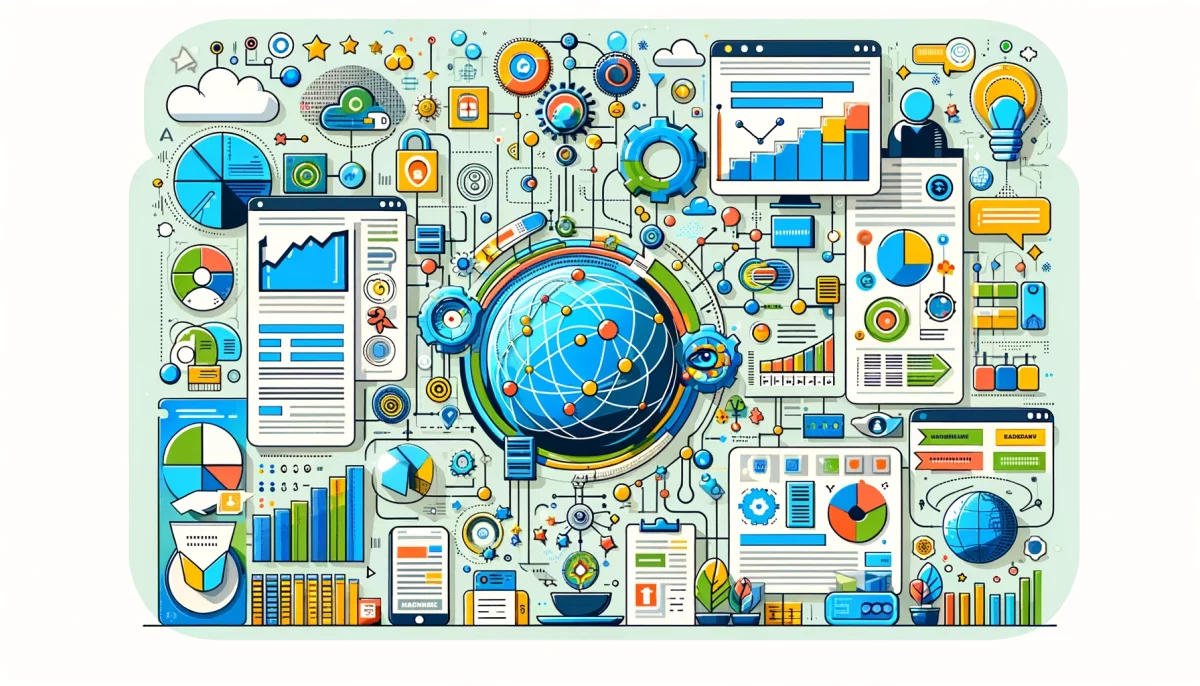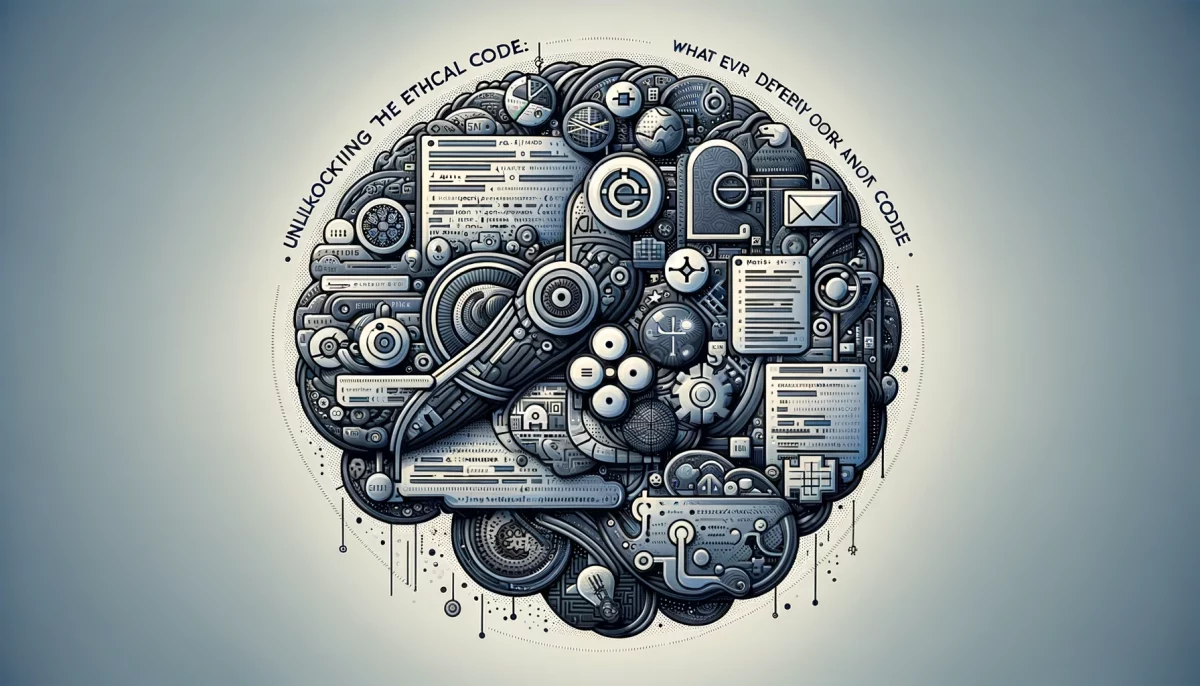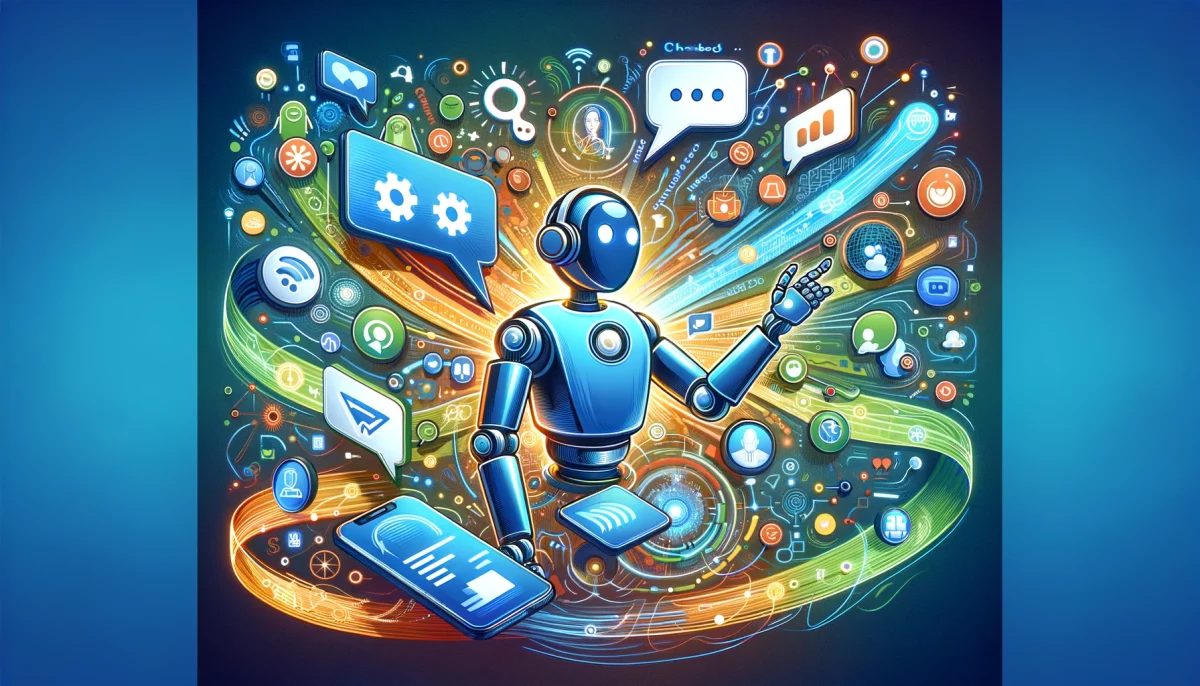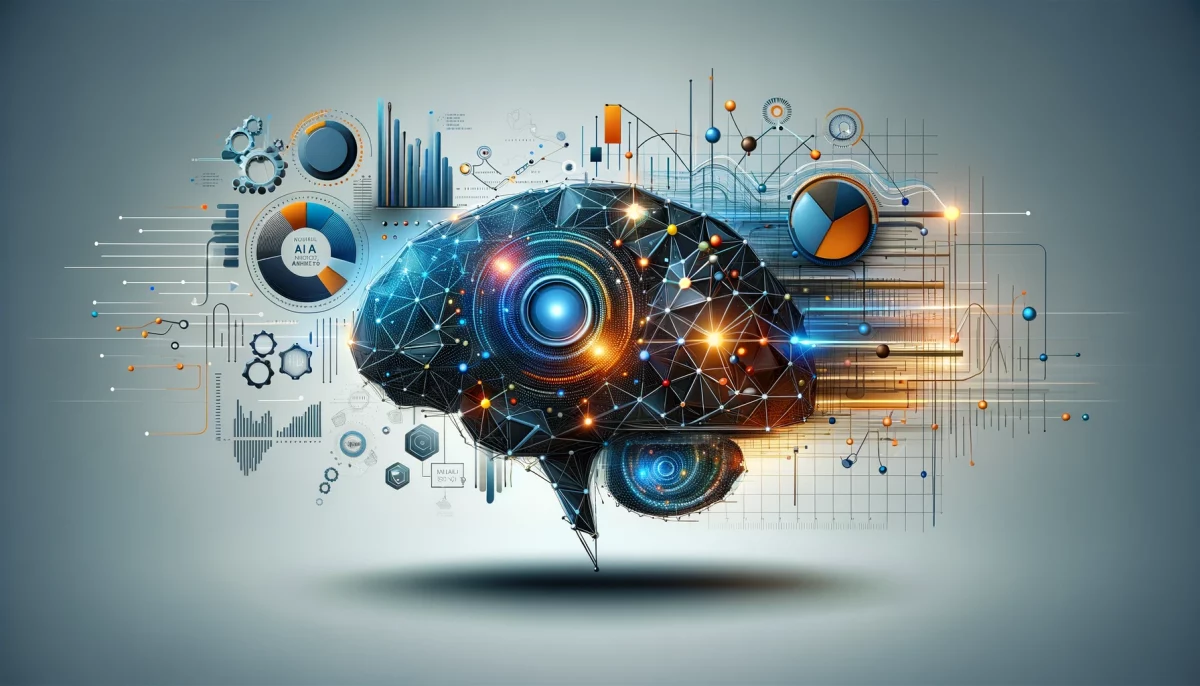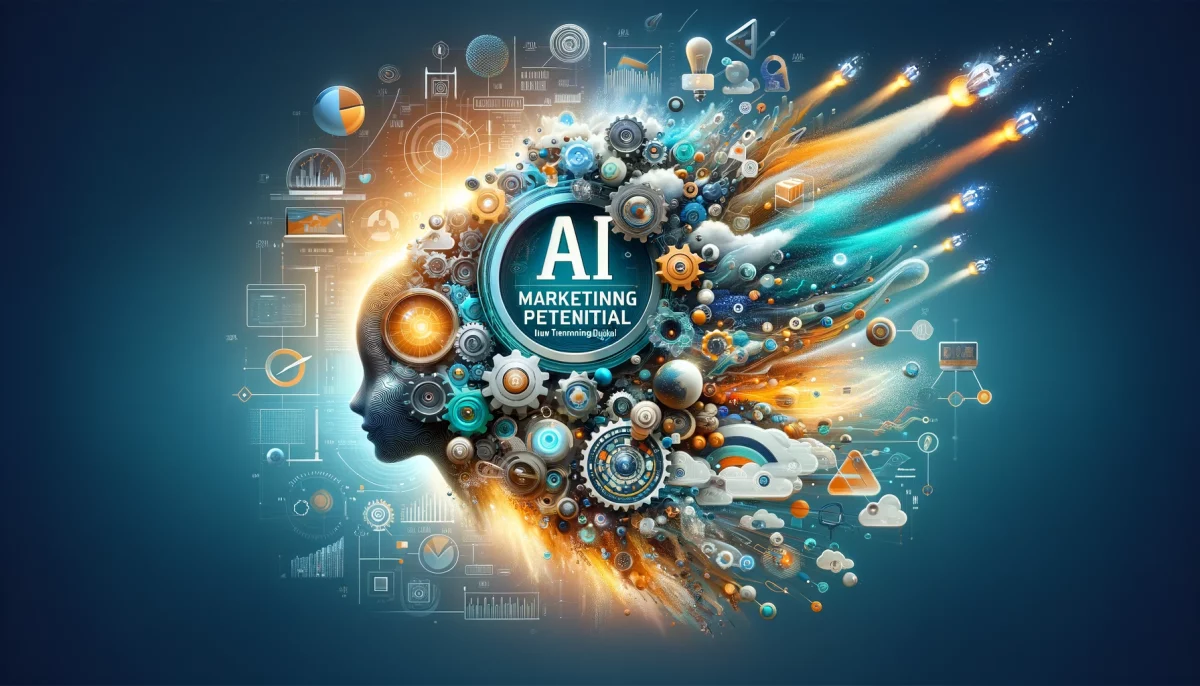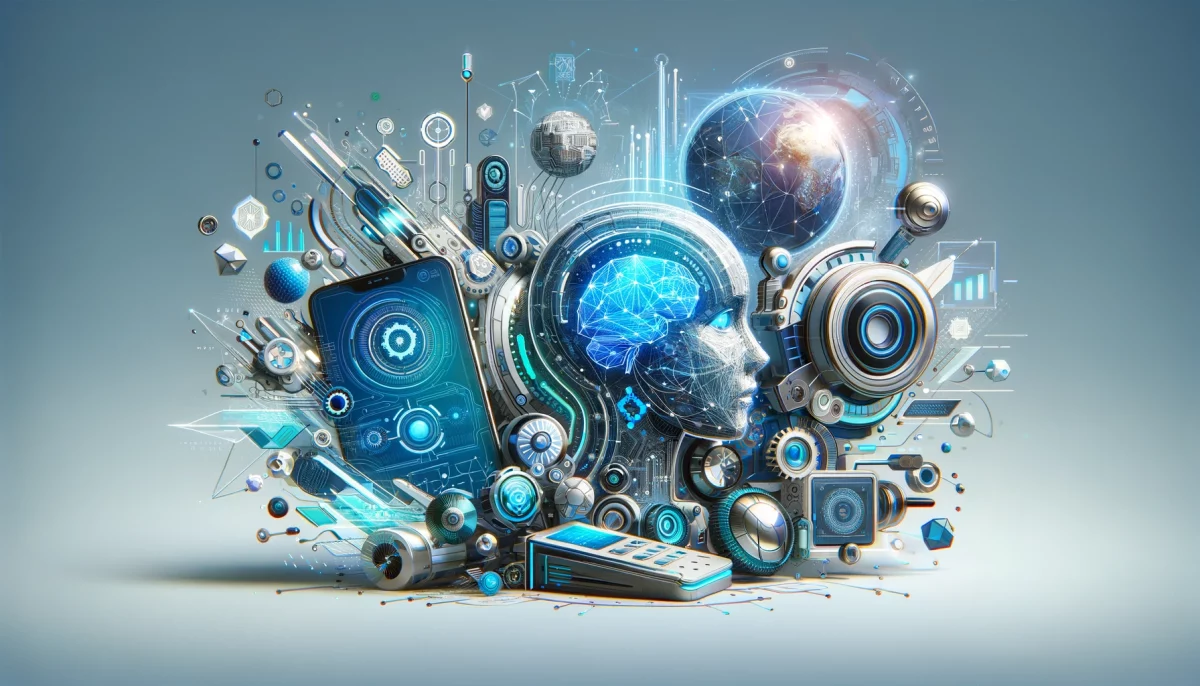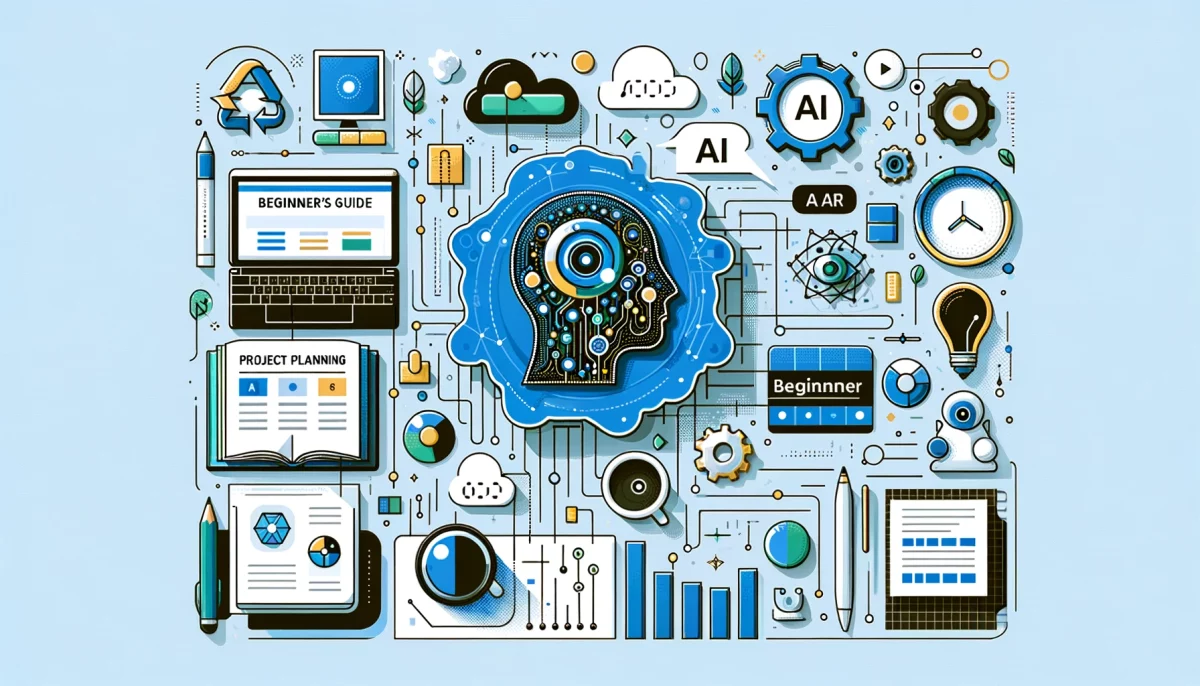Why Natural Language Processing is a Game-Changer for Web Applications
Imagine a world where your web application understands not just what your users are saying but also how they’re feeling. A world where search queries are not just matched with keywords but are understood in context. This is not a distant future; it’s a reality made possible by Natural Language Processing (NLP). As web applications become increasingly interactive and user-centric, the role of NLP in enhancing user experience and functionality is more critical than ever.
In this comprehensive guide, we will explore the fascinating world of Natural Language Processing and its application in web technologies. Designed for beginners yet insightful for experts, this article aims to serve as a one-stop resource for understanding how NLP is revolutionizing web applications. From the core components of NLP to its practical applications and challenges, we’ve got it all covered.
NLP is not just a buzzword; it’s a technological advancement with far-reaching implications in web applications. Whether powering intelligent chatbots, enhancing search algorithms, or providing personalized content recommendations, NLP is at the heart of many features that make modern web applications smart, efficient, and user-friendly.
What is Natural Language Processing (NLP)?
Definition and Basics
Natural Language Processing, commonly called NLP, is a subfield of artificial intelligence (AI) that focuses on the interaction between computers and human language. It aims to enable machines to understand, interpret, and respond to human language in a way that is both meaningful and useful. NLP combines computational linguistics, cognitive psychology, and computer science to analyze the complexities of human language.
Importance in Web Applications
In the context of web applications, NLP serves as a bridge between human users and the digital interface. It allows web applications to understand user queries, interpret context, and provide more accurate and personalized responses. For instance, when you type a query into a search engine, NLP algorithms sift through millions of web pages to bring you the most relevant results. Similarly, NLP powers chatbots that can understand and respond to customer queries in real time, offering a more interactive and engaging user experience.
By integrating NLP into web applications, developers can create more intuitive and responsive platforms that meet and exceed user expectations. The technology has the potential to revolutionize how we interact with web applications, making them more intelligent, efficient, and user-centric.
Core Components of NLP
Tokenization
Tokenization is the process of breaking down a large paragraph into sentences or words. In NLP, this is a fundamental step that helps in understanding the structure of the language. For example, in a chatbot application, tokenization helps break down user queries into individual words, making it easier for the algorithm to understand the intent behind the query.
Named Entity Recognition (NER)
Named Entity Recognition, or NER, is another crucial component of NLP. It involves identifying the entities present in a text and classifying them into predefined categories such as names of persons, organizations, locations, expressions of time, quantities, and so on. In web applications, NER can be used for various purposes like tagging user-generated content, enhancing search algorithms, or even automating data extraction processes.
Sentiment Analysis
Sentiment Analysis is the use of NLP to determine the mood or subjective opinions within a large amount of text, effectively gauging public opinion. For instance, e-commerce websites often use sentiment analysis to automatically categorize customer reviews as positive, neutral, or negative. This not only helps in improving product recommendations but also aids in better customer relationship management.
By understanding these core components, web developers can better appreciate the capabilities and limitations of NLP. These elements are the building blocks for more complex applications and functionalities, enabling web applications to be more responsive, intelligent, and user-friendly.
How NLP is Used in Web Applications
Chatbots
One of the most prominent applications of NLP in web technologies is the development of chatbots. These automated conversational agents can understand and respond to user queries in real time, offering a more interactive and engaging user experience. For instance, customer service chatbots can handle a wide range of queries, from providing product information to troubleshooting issues, all without human intervention.
Search Engines
Search engines are another domain where NLP plays a crucial role. When you type a query into a search engine, NLP algorithms sift through millions of web pages to bring you the most relevant results. Advanced NLP techniques like semantic search go beyond keyword matching to understand the context and intent behind a query, providing more accurate and personalized search results.
Content Recommendation
NLP is also instrumental in content recommendation systems in e-commerce websites and streaming platforms. By analyzing user behaviour and preferences, these systems can offer personalized recommendations, enhancing user engagement and satisfaction. Sentiment analysis, a core component of NLP, is often used to categorize customer reviews and feedback, informing the recommendation algorithms.
By leveraging NLP, web applications can offer a range of advanced features that make them more user-friendly, efficient, and intelligent. From automating customer service to personalizing user experience, the applications are as diverse as they are impactful.
Benefits of Integrating NLP into Web Applications
Improved User Experience
One of the most significant advantages of incorporating NLP into web applications is the enhanced user experience. By understanding user queries and context, NLP-powered features like chatbots and search engines can provide more accurate and personalized responses. This level of customization makes the user feel understood and valued, improving overall satisfaction and engagement.
Enhanced Data Analytics
NLP can also play a pivotal role in data analytics. By analyzing user behaviour, preferences, and feedback, web applications can gain valuable insights into what the users want. This data can refine product offerings, improve marketing strategies, and predict future trends, giving businesses a competitive edge.
Cost-Effectiveness
While the initial investment in NLP technology may seem high, the long-term benefits often outweigh the costs. Automated systems like chatbots can handle many queries without human intervention, reducing operational costs. Similarly, improved data analytics can lead to more effective marketing strategies, increasing ROI.
Integrating NLP into web applications offers a plethora of benefits that go beyond mere technological advancements. It has the potential to revolutionize how businesses interact with their users, offering a more personalized, efficient, and insightful experience.
Challenges and Solutions
Data Privacy
One of the most pressing challenges in implementing NLP is the issue of data privacy. As NLP algorithms often require access to user data for effective functioning, ensuring the privacy and security of this data becomes paramount. Solutions like end-to-end encryption and robust data anonymization techniques can help mitigate these concerns.
Language Barriers
NLP algorithms are often trained in specific languages, which can pose a challenge in multicultural settings. However, advancements in multilingual NLP models are breaking down these barriers, enabling more inclusive and accessible web applications.
Computational Resources
NLP algorithms can be computationally intensive, especially those employing deep learning techniques. This can be a limiting factor for smaller businesses with limited resources. However, cloud-based NLP solutions are making it increasingly feasible for businesses of all sizes to leverage this technology without substantial hardware investments.
By acknowledging these challenges and actively seeking solutions, developers and businesses can better harness the power of NLP. While the road may be fraught with obstacles, the potential benefits make it a journey worth undertaking.
Case Studies
E-commerce Websites
One of the most compelling applications of NLP is in e-commerce. For instance, Amazon uses NLP algorithms to power its recommendation engine, which suggests products based on user behaviour and reviews. Additionally, their customer service chatbots are equipped with advanced NLP capabilities, enabling them to handle a wide range of queries effectively.
Social Media Platforms
Social media platforms like Twitter and Facebook also leverage NLP for various purposes. From sentiment analysis to identify trends and public opinion to content moderation and spam detection, NLP is crucial in enhancing user experience and ensuring the platform’s integrity.
Customer Service Portals
Many businesses have integrated NLP-powered chatbots into their customer service portals to handle routine queries, freeing human agents to deal with more complex issues. These chatbots can understand the context and intent behind customer queries, providing accurate and timely responses.
These case studies are real-world examples of how NLP revolutionizes web applications across various sectors. From improving user engagement to automating routine tasks, the applications are as diverse as they are impactful.
Decoding Natural Language Processing in Web Applications
We’ve journeyed through the fascinating world of Natural Language Processing and its transformative impact on web applications. From understanding the core components like tokenization, named entity recognition, and sentiment analysis to exploring its practical applications in chatbots, search engines, and content recommendation systems, it’s clear that NLP is a game-changer.
As we look to the future, the role of NLP in web applications is poised to grow exponentially. With advancements in AI and machine learning, the capabilities of NLP are expanding, opening up new possibilities for more intelligent, efficient, and user-centric web applications. While challenges like data privacy and computational resources exist, the ongoing developments in this field promise solutions that will make the integration of NLP into web applications more seamless and effective.
By embracing NLP, developers and businesses stand to gain a competitive edge, offering users an unparalleled experience that is personalized, engaging, and insightful. NLP is a cornerstone for the next generation of web applications in a world increasingly driven by data and automation.
